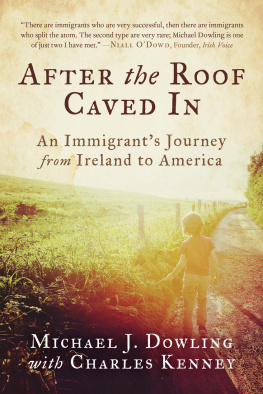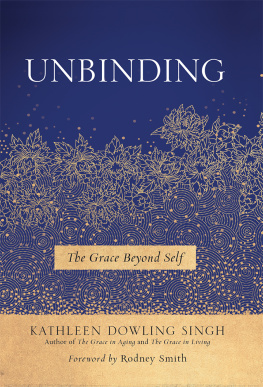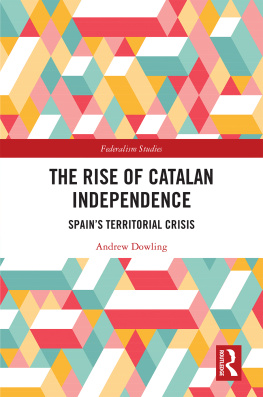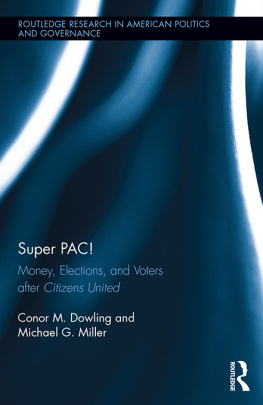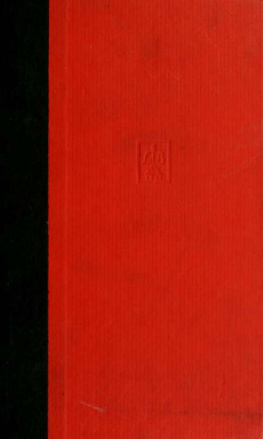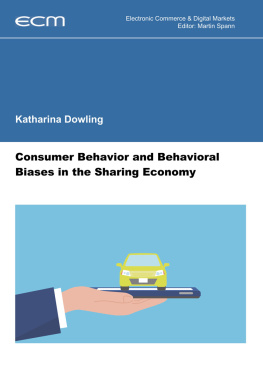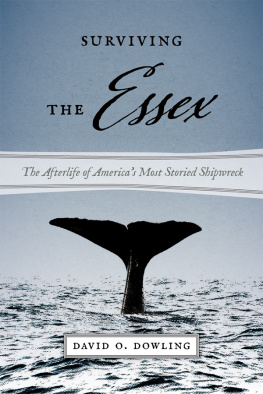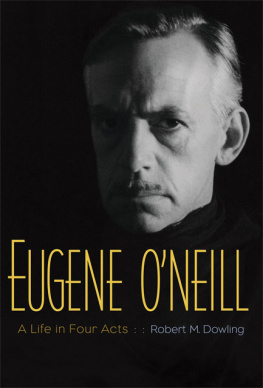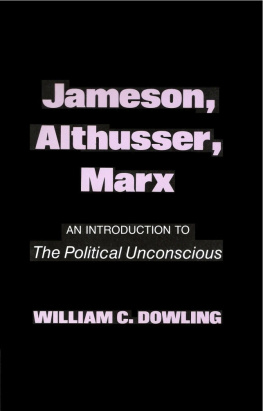Michael J. Dowling - After the Roof Caved In
Here you can read online Michael J. Dowling - After the Roof Caved In full text of the book (entire story) in english for free. Download pdf and epub, get meaning, cover and reviews about this ebook. year: 2020, publisher: Arcade, genre: Non-fiction. Description of the work, (preface) as well as reviews are available. Best literature library LitArk.com created for fans of good reading and offers a wide selection of genres:
Romance novel
Science fiction
Adventure
Detective
Science
History
Home and family
Prose
Art
Politics
Computer
Non-fiction
Religion
Business
Children
Humor
Choose a favorite category and find really read worthwhile books. Enjoy immersion in the world of imagination, feel the emotions of the characters or learn something new for yourself, make an fascinating discovery.
- Book:After the Roof Caved In
- Author:
- Publisher:Arcade
- Genre:
- Year:2020
- Rating:3 / 5
- Favourites:Add to favourites
- Your mark:
- 60
- 1
- 2
- 3
- 4
- 5
After the Roof Caved In: summary, description and annotation
We offer to read an annotation, description, summary or preface (depends on what the author of the book "After the Roof Caved In" wrote himself). If you haven't found the necessary information about the book — write in the comments, we will try to find it.
After the Roof Caved In — read online for free the complete book (whole text) full work
Below is the text of the book, divided by pages. System saving the place of the last page read, allows you to conveniently read the book "After the Roof Caved In" online for free, without having to search again every time where you left off. Put a bookmark, and you can go to the page where you finished reading at any time.
Font size:
Interval:
Bookmark:



Copyright 2020 by Michael J. Dowling
All rights reserved. No part of this book may be reproduced in any manner without the express written consent of the publisher, except in the case of brief excerpts in critical reviews or articles. All inquiries should be addressed to Skyhorse Publishing, 306 West 37th Street, 11th Floor, New York, NY 10018.
Arcade Publishing books may be purchased in bulk at special discounts for sales promotion, corporate gifts, fund-raising, or educational purposes. Special editions can also be created to specifications. For details, contact the Special Sales Department, Skyhorse Publishing, 307 West 36th Street, 11th Floor, New York, NY 10018 or .
Arcade Publishing is a registered trademark of Skyhorse Publishing, Inc., a Delaware corporation.
Visit our website at www.arcadepub.com.
10 9 8 7 6 5 4 3 2 1
Library of Congress Cataloging-in-Publication Data is available on file.
Cover design by Erin Seaward-Hiatt
Print ISBN: 978-1-951627-24-9
Ebook ISBN: 978-1-951627-25-6
Printed in the United States of America
To Kathy, Brian, and Elizabeth
with love and gratitude
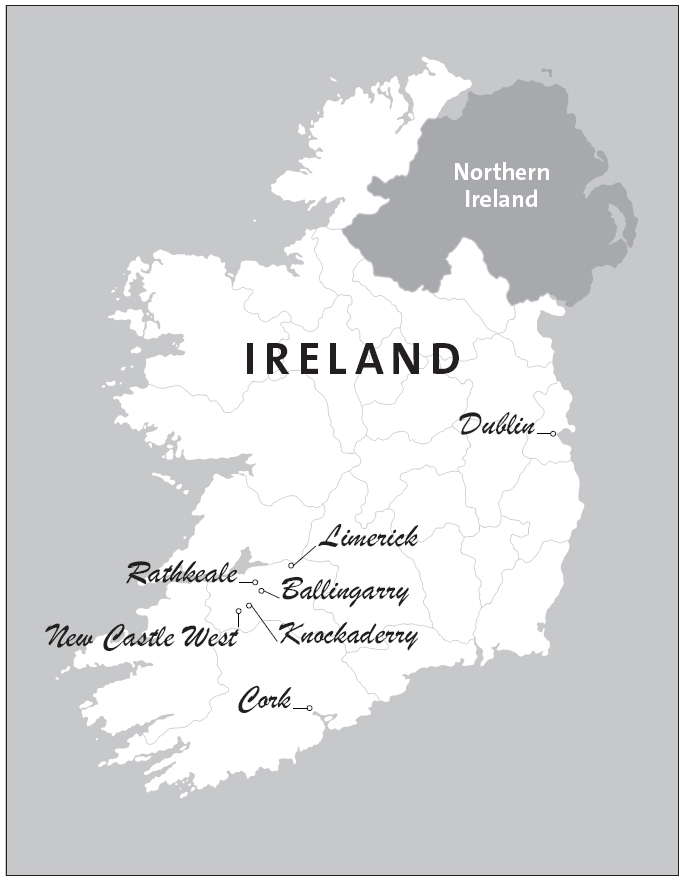
A S A BOY GROWING UP in the tiny village of Knockaderry in the southwest of Ireland, I vividly recall the stormy sounds of the night. Lying in bed, I would hear the howling wind and lashing rain; protected within our house, I would feel safe and comforted. I loved the sounds of the frequent storms that swept over our village, but the nighttime sounds I loved best were the voices of the adults coming from the main room of our house, near where my brothers and I slept.
My mother and father and their friends would huddle around the open fireplace, the only source of heat in our house, and they would talk of wondrous thingstales of brave Irishmen who had fought against the English so long ago, heroic figures who risked their lives, and often gave their lives, in the cause of Irish freedom. There were stories as well of families who had been lost during the famine more than a century earlier, and stories of others who had fled the country for a new life in America. There was whispered talk about neighbors in the villagetroubles in a marriage, wayward children, a notable instance of drunkenness. There were even, on rare occasions, veiled criticisms of the parish priest, scandalous talk that would never go beyond the walls of our home. Sometimes there would be a word or two of derision aimed at Mr. Burke, the notorious taskmaster in the primary school. This I loved to hear!
The best stories were long and meandering, told slowly by practiced storytellers. There would be a story about Patrick Moylan, an Irish hero, who faced off against the British, standing his ground until he was finally captured and hung from the branch of a tree I passed each day on my route to school. To me, such stories were thrilling. I listened to the clinking of teacups and could picture my mother serving tea to friends, her manner always cheerful and welcoming. I could tell who the people were by their voices, all familiar to me. These men and women were patient in sharing their stories, their musical laughter expressing the joy of being together, protected from the storm, comforted by friends.
In school we learned about the ancient Irish traditionthousands of years oldof the seancha (pronounced shanakeeahtraditional spelling scala), the storyteller, who would pass along Irish history and folklore. The seancha, with their ability to recall and skillfully retell stories conveyed through the ages, were the keepers of our history. Legend had it that the great majority of stories were passed along at night, after the cows had been milked, the horses fed, the peat stacked, the fields harvested. It seemed that the falling darkness brought on a slower rhythm more attuned to the unhurried sharing of time with friends. The storyteller didnt need muchjust an attentive audience, a warm fireplace, and a few mugs of tea.
The seanchas ability to recall details of historical facts, fictional stories, and folk tales helped inspire a rich literary tradition in Ireland. While storytellers in rural villages shared what they knew with townspeople, the literary lions of Ireland brought storytelling disciplines including plays, poetry, short stories, and novels to life in ways that achieved nothing less than high art. In my village school, we learned that the writings of James Joyce, Samuel Beckett, Brendan Behan, William Butler Yeats, and others were viewed with reverence throughout the world of literature. One of the strengths of Irish education is its focus on great works of poetry, with a particular emphasis on the genius of Yeats. I was mesmerized by his poem The Second Coming, in which he writes the famous opening lines:
Turning and turning in the widening gyre
The falcon cannot hear the falconer;
Things fall apart; the center cannot hold;
Mere anarchy is loosed upon the world...
I loved learning about Irish playwrights, poets, and novelists, butand I mean no disrespect here to Joyce, Yeats, and the othersI confess that the nighttime stories I heard as a child thrilled me most. From countless nights of listening to the adults, I learned about the rhythm and tempo of storytelling, but mostly about the joy of conveying a human story about characters who, as a listener, you came to care about and feel somehow connected to.
So Irish stories come not just from the literary greats. Ireland spreads its storytelling tradition generously throughout the populace so that all of us who were born and grew up in Ireland have some small claim to the seancha tradition. With this memoir, it is my hope to follow in the centuries-long line of countless Irish men and women who have shared their stories around fires and living rooms and thereby contributed in some small way to a record of life in this magical land.
My story starts in rural Ireland in the 1950s, a time when most of the country was stuck in an agrarian world more akin to the 1800s. I am tempted to say that it is my story, and that is true as far as it goes, but it is more than that. It is also a family story, about my parents and siblingsmy brothers Joe, Sean, and Patrick, and our sister Mary. It is the story of Ireland at a particular time, before the full force of modernity arrived. It is a story of agrarian Ireland, of deeply and strictly Catholic Ireland, of Ireland under an informalbut no less strict for its informalitycaste system. And I suppose that, ultimately, while it is surely an Irish story, it is also an American story about a boy who dreamed of opportunities that were said to exist across the ocean in America, most particularly in New York. It is also very much an immigrants story: the story of coming to America with nothing but my mind and a determination to work and study; a tale of how this nation welcomed me, as it has so many other immigrants through the years; and how that immigration has made America, in so many ways, what it is today.
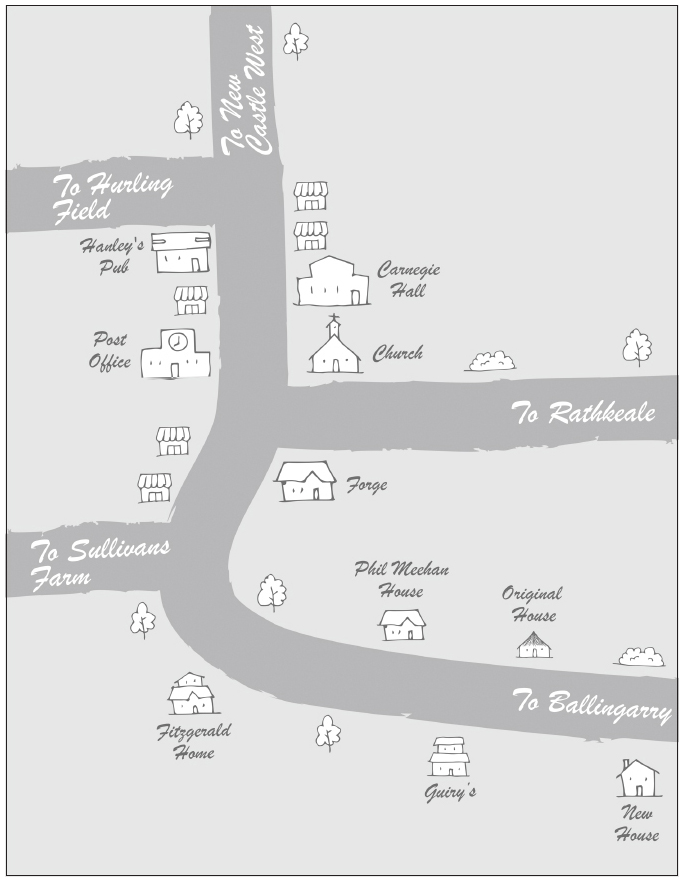
Font size:
Interval:
Bookmark:
Similar books «After the Roof Caved In»
Look at similar books to After the Roof Caved In. We have selected literature similar in name and meaning in the hope of providing readers with more options to find new, interesting, not yet read works.
Discussion, reviews of the book After the Roof Caved In and just readers' own opinions. Leave your comments, write what you think about the work, its meaning or the main characters. Specify what exactly you liked and what you didn't like, and why you think so.

